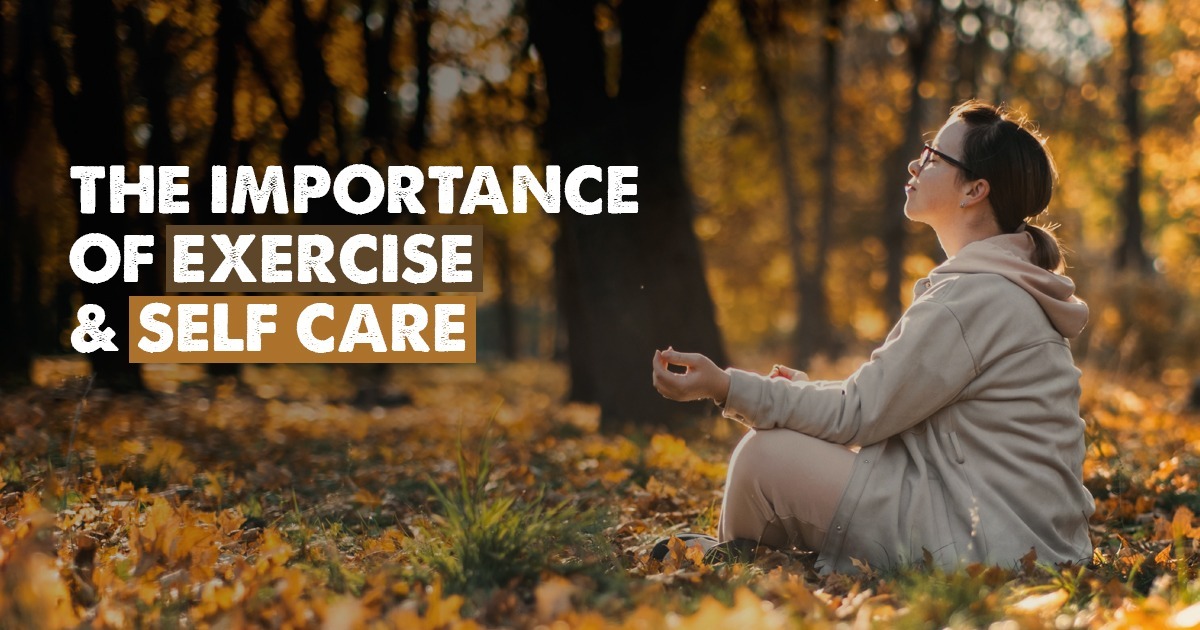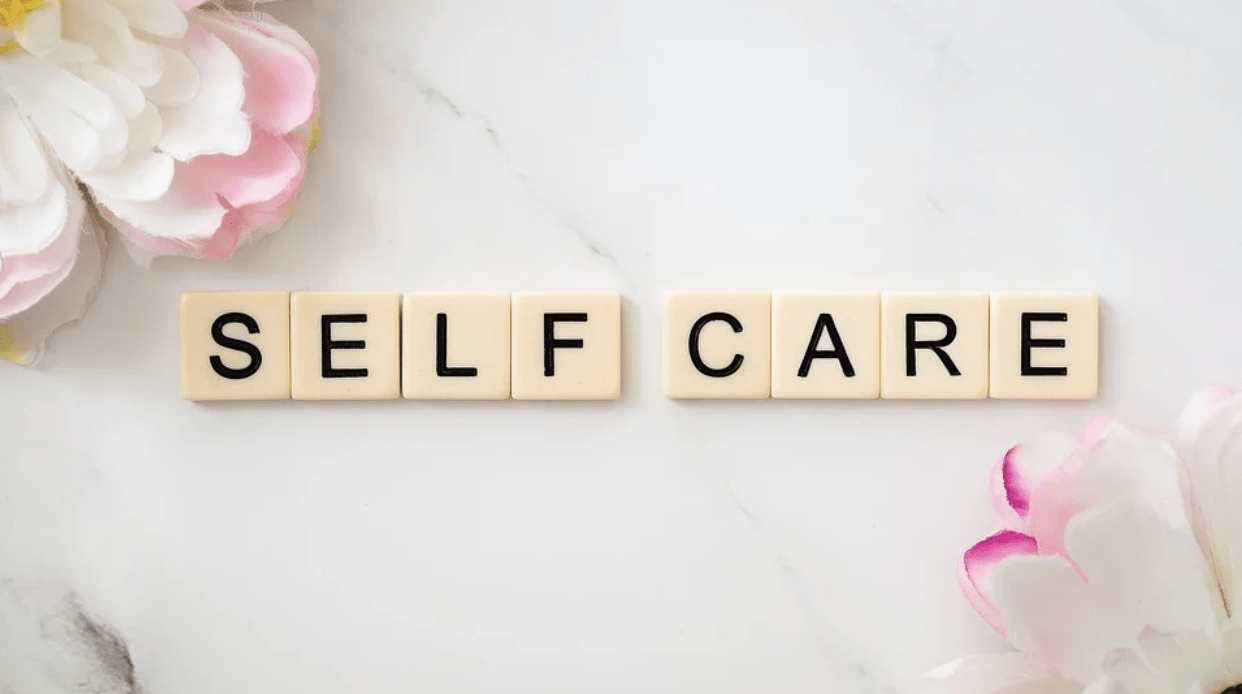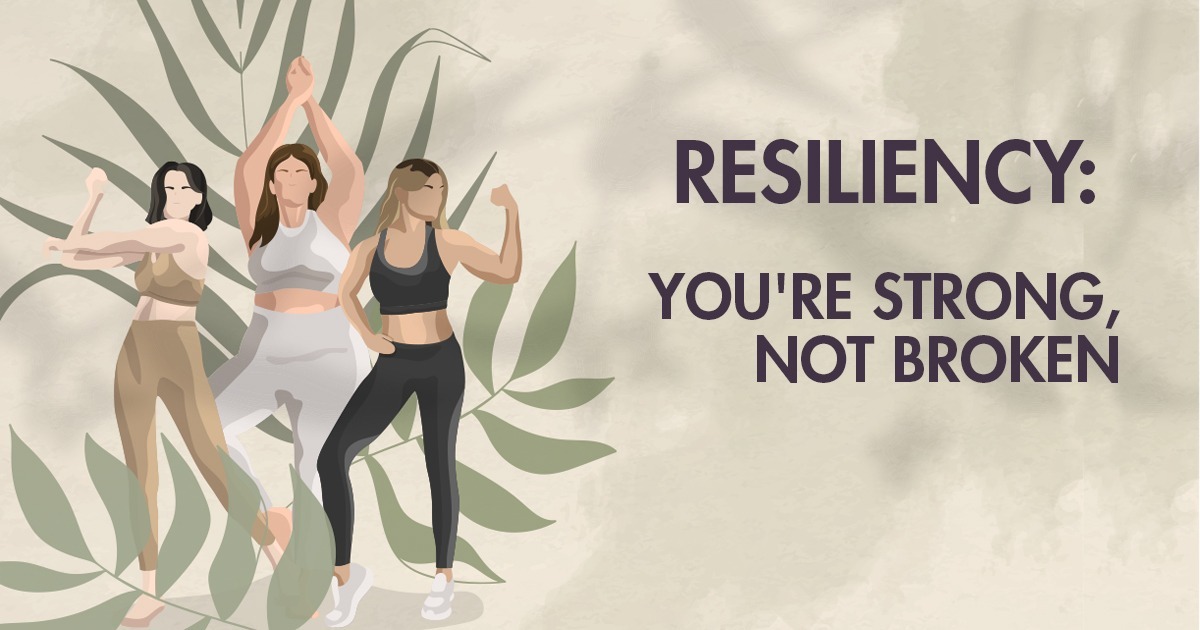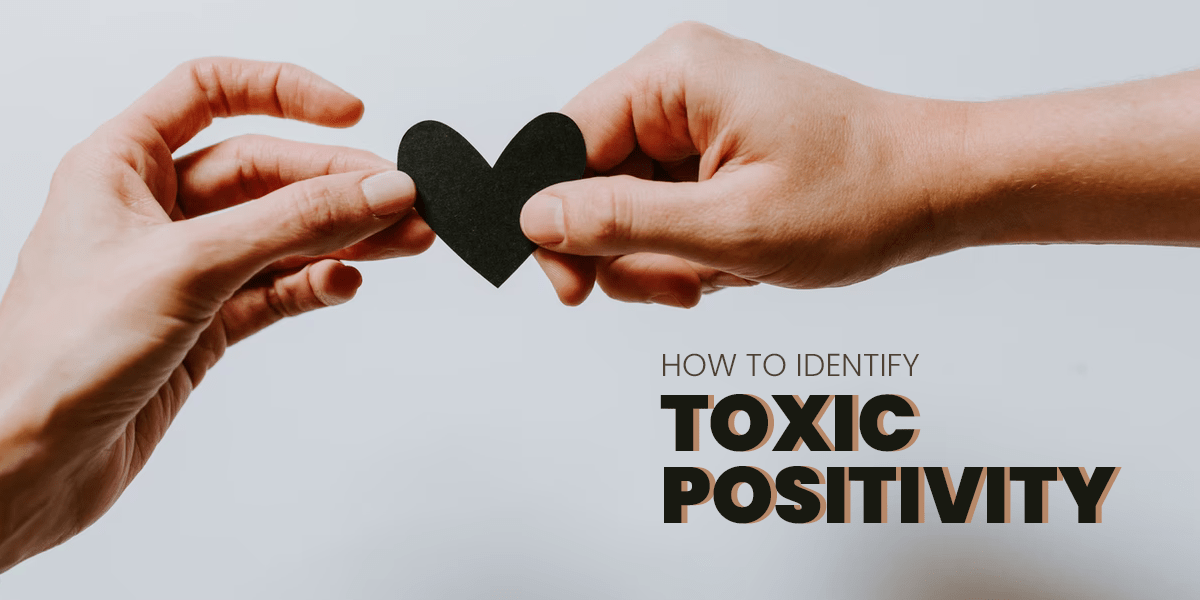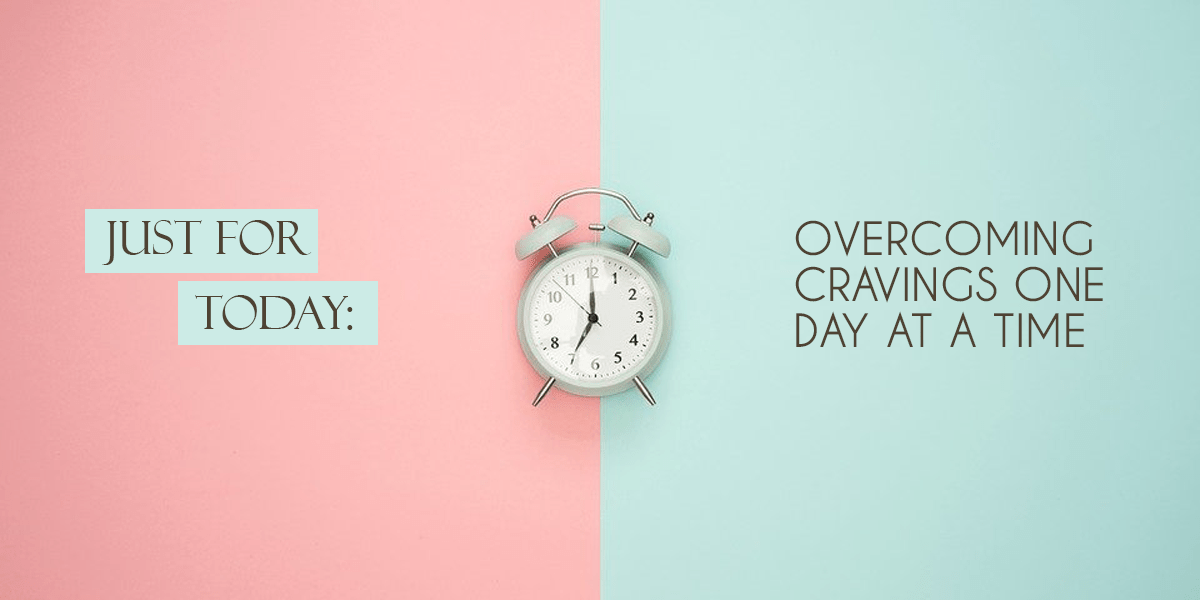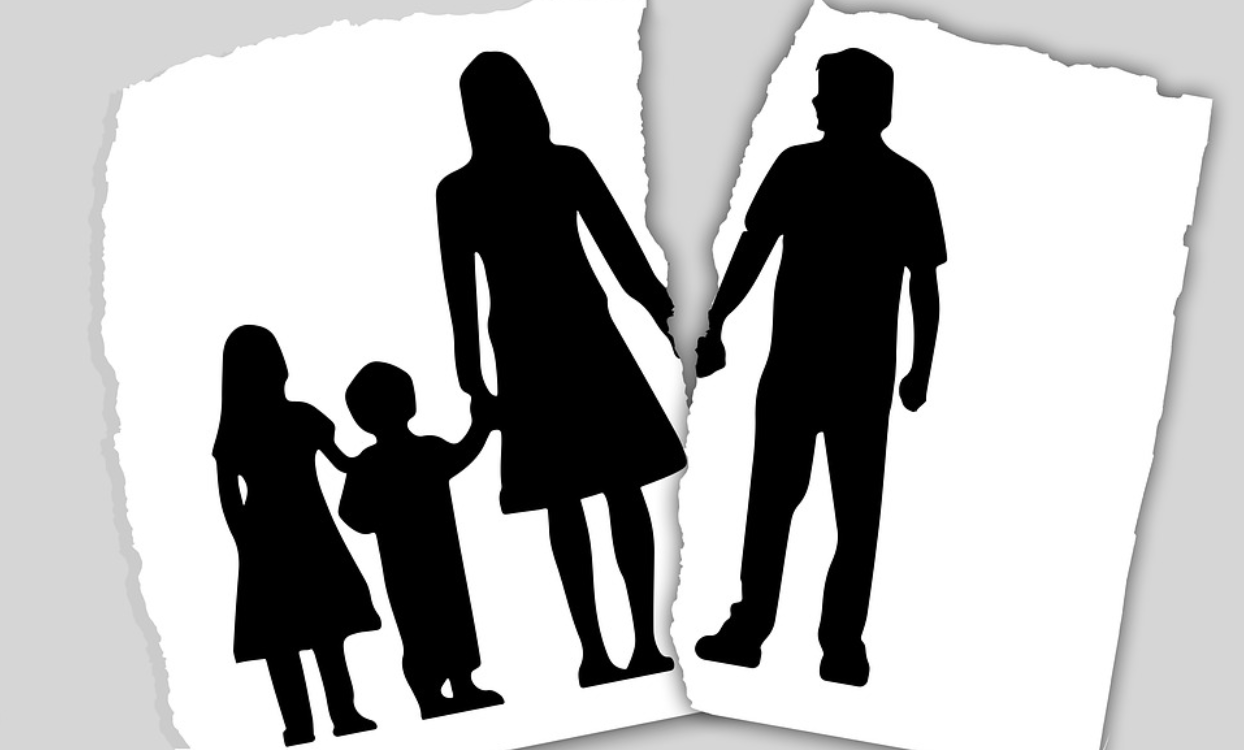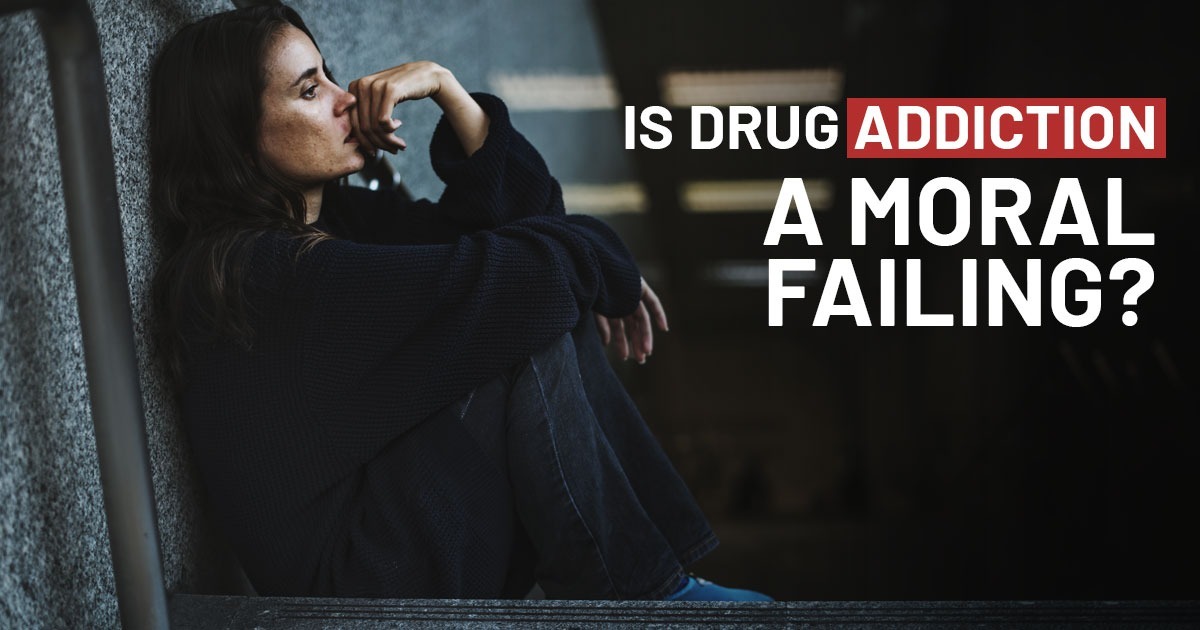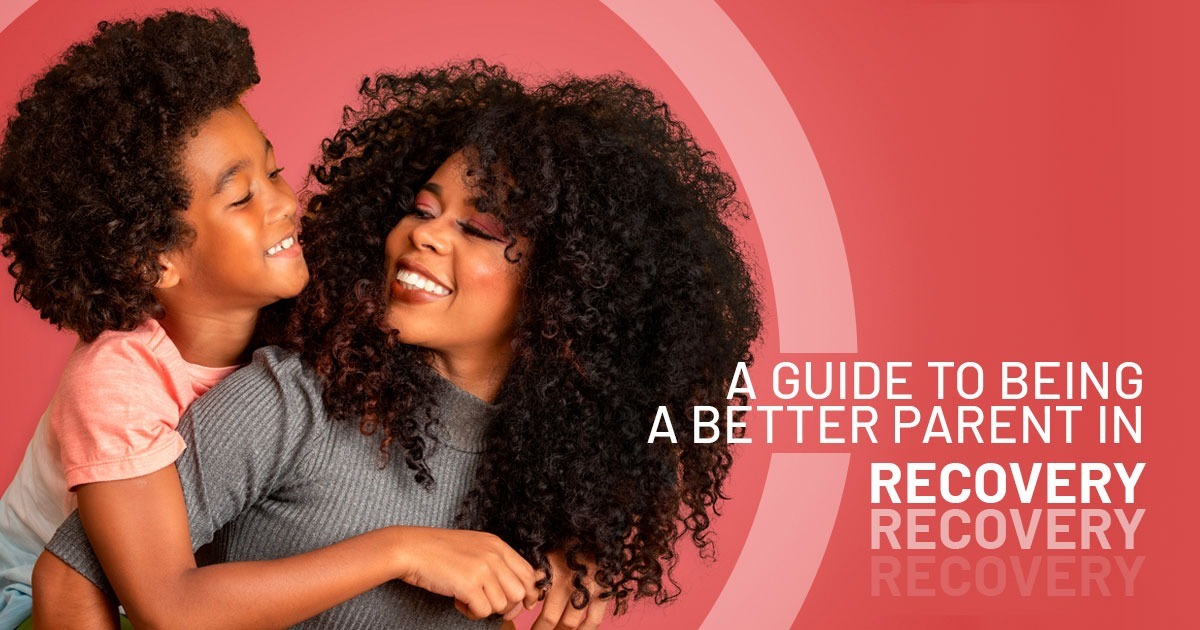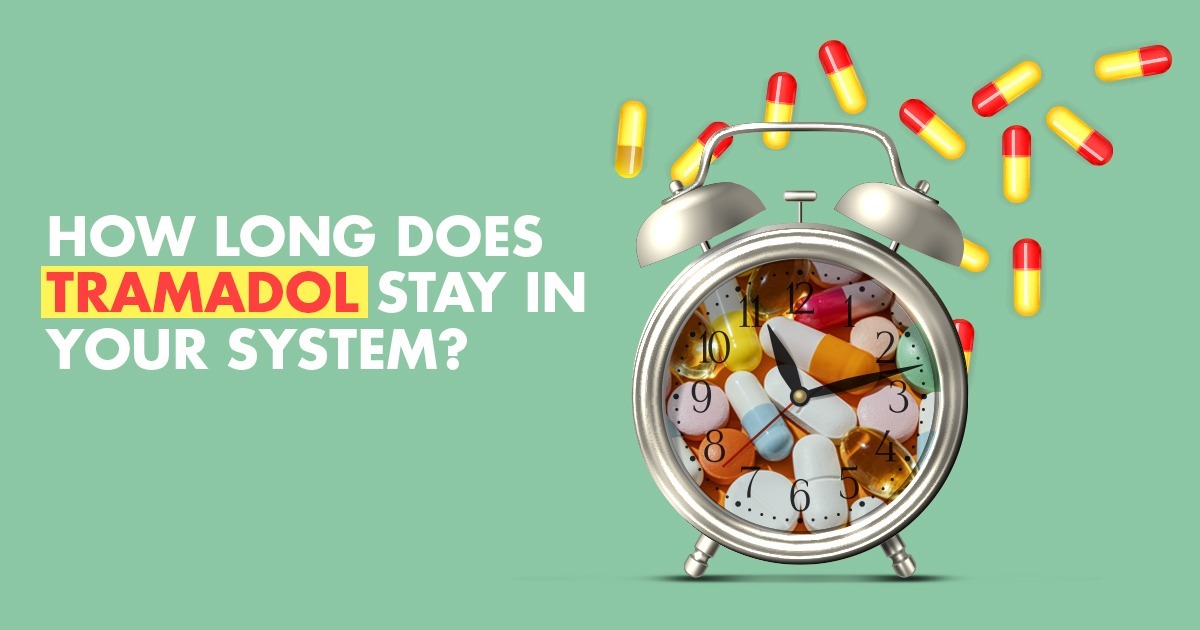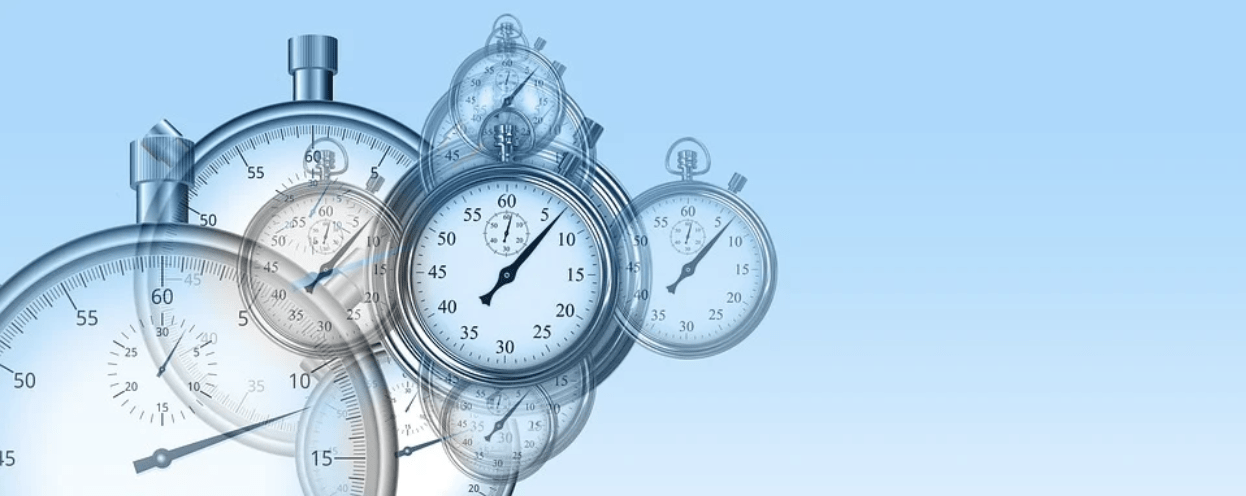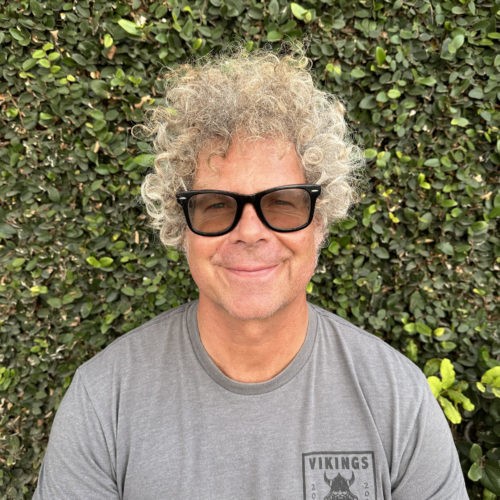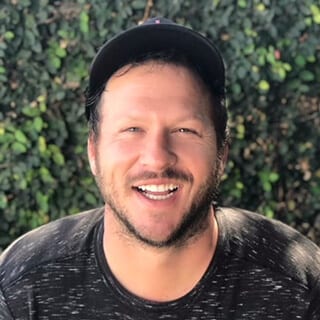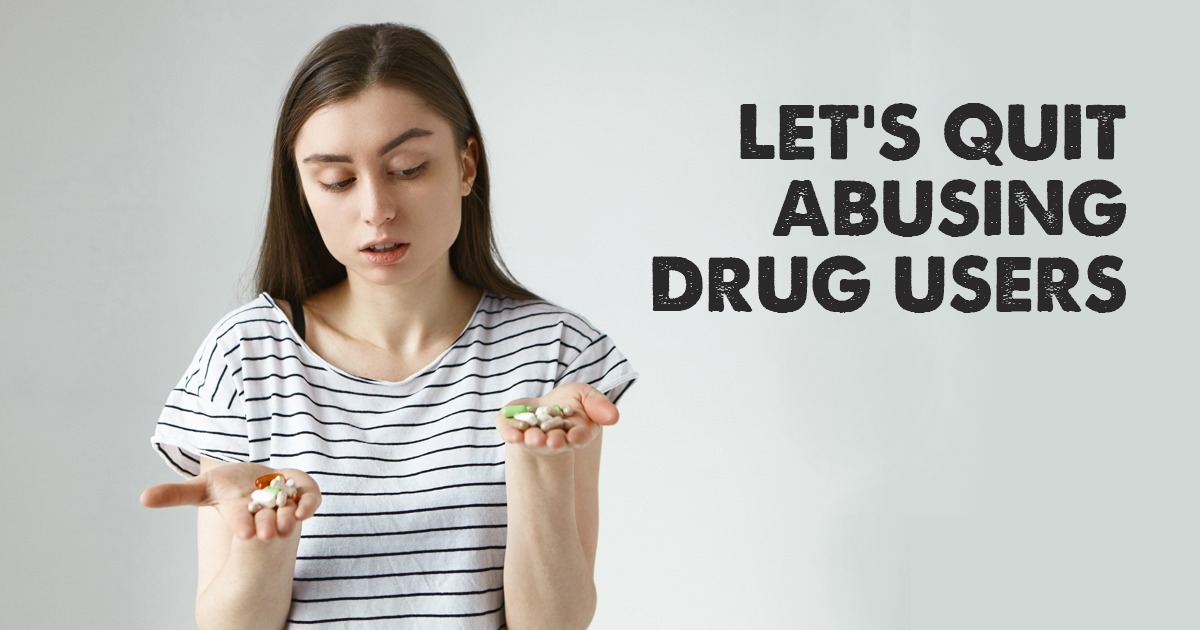
One of our biggest goals as addiction treatment specialists is to help women who come to us understand that they aren’t a failure because they struggle with drugs or alcohol. Women, in particular, tend to feel such a sense of shame surrounding their addiction. Addiction isn’t a moral failure, but if you let yourself get caught up in feelings of Abusing Drug Users, it’s only going to impede your recovery.
As a society, we should all learn more about addiction, its implications, and what it means for individuals who struggle with it. While there are wonderful, effective, evidence-based treatment options available, they aren’t taken advantage of as they should be.
Stigma and shame are two critical reasons for that.
How Shame Feeds Addiction
There are terms used to label people who struggle with addiction. Those terms and labels are a way to show negative judgment toward people. Using derogatory language when we talk about addiction dates back to when we didn’t know what we do now about the realities of addiction.
- Addiction was a moral failure in the past.
- Being addicted was driven by a lack of willpower, or so people thought.
- Punishment was the primary means of rehabilitating people, which, as you can imagine, didn’t turn out to be a practical approach.
- There was significant prejudice toward not only addiction but also mental health issues.
Now, based on decades of research and clinical studies, we see addiction for what it truly is—a chronic disease.
You wouldn’t shame someone for having heart disease or diabetes, yet some still feel all-too-comfortable shaming someone with a chronic brain disease, which is addiction.
Shame seems to be especially part of the addiction for women.
- You may feel like you hate yourself or are not worthy of love or the good things in life.
- You could feel embarrassed or like your flaws are on display to the world.
- Then, that leads you to separate yourself more and more from other people and the world.
- This all becomes a self-perpetuating cycle, which is too prevalent in addiction.
You’re stuck in a cycle of shame and self-loathing, worsening and deepening your addiction.
Your loved ones may think shame can help push you into recovery. The reality is that shame is destructive in recovery.
When all of us take the time to learn more about addiction, we can combat barriers that prevent people from getting help.
Homelessness and Addiction
When we talk about judgment and derogatory language directed at people, we often see this in homeless populations. Homelessness is highly visible, yet people experiencing it feel like invisible outsiders. Isolation, vulnerability, and stigma are all elements of homelessness, much as is the case with addiction.
- When you’re dealing with homelessness, it may prevent you from seeking help.
- You may feel too ashamed to enroll in services that could help you find housing or support.
- You could feel like if you go to public spaces, you’ll be ridiculed.
So what does homelessness have to do with addiction?
Aside from similar underlying factors contributing to both, there’s also a significant overlap between homelessness and Abusing Drug Users.
- Homelessness often leads to substance abuse, but substance abuse can also contribute to homelessness.
- An estimated 38% of homeless people are dependent on alcohol, and 26% are dependent on other substances.
- Being homeless creates conditions that lead to extreme, severe trauma and stress.
- Homeless people can experience violence, a lack of shelter, and starvation.
- At least 33% of people who are homeless also have a mental illness. Mental health disorders are a significant contributor to substance abuse as well.
Homeless women experience distinctive gender-based trauma. The rate of mental illness is significantly higher in women than men.
- From 50% to 60% of homeless women suffer from mental health disorders, often before their homelessness.
- Many women become homeless after suffering trauma like violence or sexual abuse.
- Some homeless women fled sex trafficking.
- Around one-third of homeless women reportedly abuse drugs like crack cocaine and heroin.
Dealing with the Stigma of Addiction
Currently, the stigma of addiction is the number one barrier to effective addiction treatment and recovery. When people do receive evidence-based treatment, the symptoms associated with the stigma of addiction tend to dissipate Abusing Drug Users.
Stigma can impact people in their families and social groups, and it’s also something we see at the community level.
- In families, while there may be an understanding that someone has an addiction, it could be whispered about or avoided altogether.
- At the community or societal level, the stigma of addiction leads to under-diagnosis and under-treatment.
- There’s a lack of understanding often even in the medical community compared to other chronic health conditions.
This lack of understanding is unfortunate, considering addiction is one of the biggest public health problems we face in the United States.
Despite our many advances in understanding the science of addiction, the medical community isn’t well-educated on topics surrounding it.

What Are We Doing?
At our treatment center, in addition, to helping women on an individual level without shame but with compassion and scientific understanding, we’re also working on other ways of crushing the stigma of addiction.
We want to bring attention to the people in recovery and show that hope exists. You can recover from these chronic illnesses. You can be a productive part of your family and society. You can have an outstanding quality of life and be a great parent.
Our treatment specialists also want to think about how we diagnose substance use disorders and other mental health conditions. We don’t want to rely on old language or frameworks that could reinforce stigma of Abusing Drug Users.
For example, we often see that women dealing with trauma will quickly be labeled as having a borderline personality disorder. This diagnosis can have roots in the concept of hysteria, which was a label that women tended to receive much more so than men.
By delving into the history of the treatment of women, in particular, as far as addiction and mental health, we can start to take our steps to combat how that’s led to shame and abuse for marginalized people.
With so many resources available, both in terms of state and community support services and effective treatment like our own programs, we hope to move addiction treatment forward. We hope that we’re part of a movement that encourages us to help one another rather than judge.
The team at Anchored Tides Recovery also wants to help facilitate wider recognition that addiction brain changes are often out of the individuals’ control. Medical care, interventions, and a strong support system are all needed to overcome addiction and prevent complications like an overdose; for help, call 866-600-7709.

